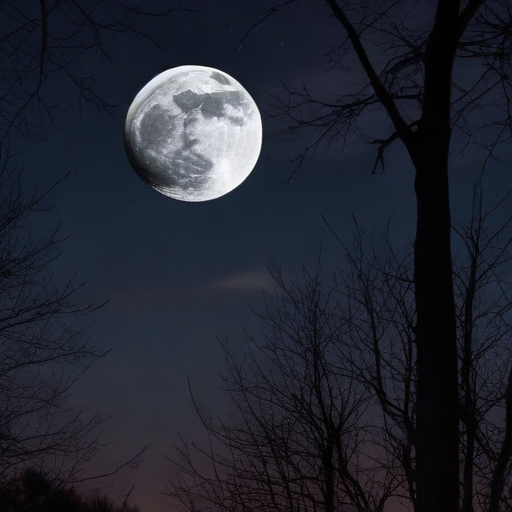Skywatchers can look forward to experiencing the Beaver Moon on November 15, with the celestial event beginning at 4:29 p.m. EST. This particular full Moon is noteworthy as it marks the last Supermoon of 2024, ensuring that it will appear larger and brighter in the night sky compared to typical full Moons.
The term “supermoon” originated in 1979 and refers to a full Moon that aligns with its closest approach to Earth. Unlike a perfect circle, the Moon follows an elliptical orbit, fluctuating in its distance from the planet. At its farthest point, known as apogee, the Moon is approximately 253,000 miles away. Conversely, at the closest point—perigee—it is about 226,000 miles from Earth. When a full Moon coincides with the perigee, it takes on that enhanced appearance, leading to the designation of “supermoon.”
According to NASA research scientist Dennis Gallagher, such supermoons are not unusual events. “The Moon’s orbit brings it around the Earth every 27 and one-third days. This closest approach occurs three to four times a year due to the respective movements of Earth and the Moon around the Sun,” Gallagher explained.
The origin of the name “Beaver Moon” can be traced back to both Native American and European traditions. November traditionally marked the time when beavers prepared their dams for winter and stockpiled food. Furthermore, this month was often when beavers were trapped for their thick pelts, ideal for warmer winter clothing.
In an interesting twist, beavers also have a connection to space. NASA plays a role in studying the ecological impact of beaver rewilding through its Applied Sciences’ Ecological Conservation Program. One such initiative is the Beaver Rewilding Project in Idaho, which utilizes NASA’s Earth-observing missions, such as Landsat and Sentinel, to gather data on landscape changes caused by beaver activity. This approach allows researchers from Boise State University and Utah State University to monitor the effects of beavers without needing to venture into remote terrain.
Findings indicate that when beavers construct dams, they enhance the retention of water in the landscape, benefiting plant life and creating habitats like ponds and meadows. These dams also contribute to an improved water supply and better grazing land for livestock while increasing the resilience of the ecosystem against fire and drought.
As you prepare to witness the last supermoon of the year, remember that even the most unexpected connections—like those between beavers and outer space—can highlight the intricate relationships within our environment.
For media inquiries, you can contact Lane Figueroa at the Marshall Space Flight Center in Huntsville, Alabama.
